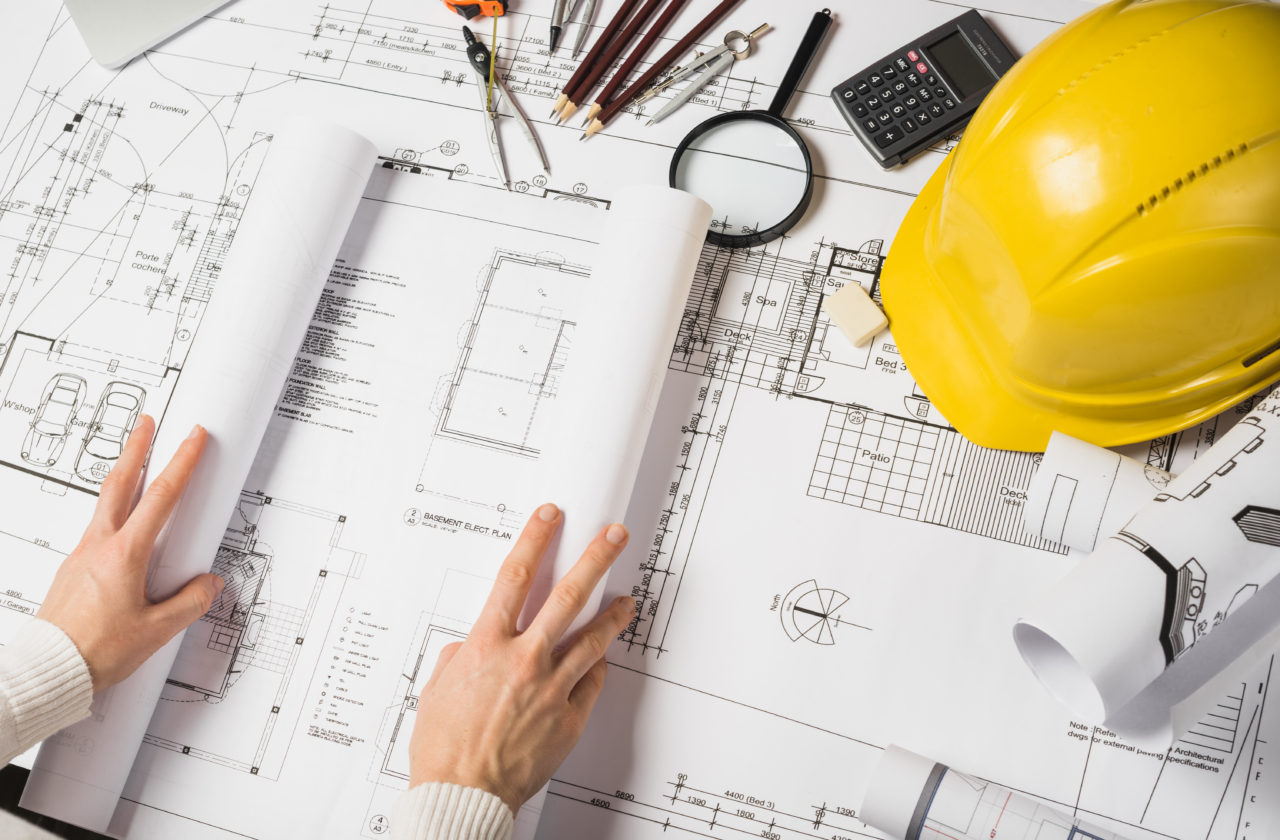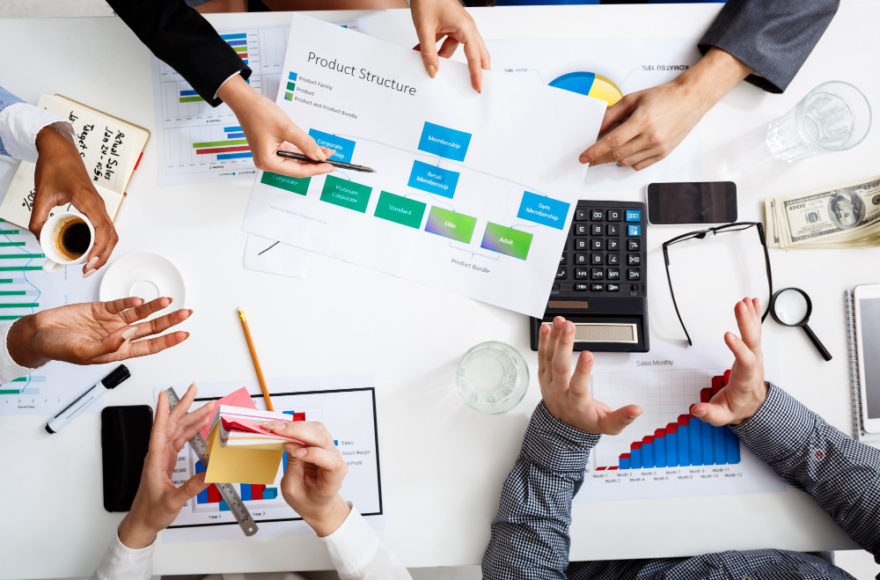The Importance of Prototyping in Design and Construction

Irrespective of the industry, prototyping is a crucial aspect of the design process, whether in automotive, fashion or the construction industry. There are several milestones before a product reaches mass production and gets delivered to the customers. The bigger a product is, the more difficult it is to make corrections and changes later. Large structures and buildings are constructed in the construction industry, making prototyping an integral part of the designing and planning process. Once the client briefs you, a blueprint of the plan is drawn as the first step to bring their vision into reality. However, technological advancements present a better means of designing with minute details that can guide and aid the construction of the actual building.
One such technological development is in the field of prototyping. A prototype is a reference model of the product or the structure designed at the testing stage to clarify the design and development team. It helps convey your understanding of the customer’s needs and supports the design and process feasibility checks. Prototyping features 3-D printers that print three-dimensional models of structures and products, making it an essential part of the design process in the construction industry.
Why use Prototypes?
Softwares such as Creo, CATIA, Pro E that work on the CAE Computer-Aided Engineering can create three-dimensional models of the buildings. The CAE software can automatically create two-dimensional drawings or layouts of the product and can be used to print a three-dimensional model as well. With the increased demand for the construction of new buildings and structures or the remodeling of existing buildings, engineers and designers are faced with an uphill battle of meeting customer requirements. Using 2-D manual drawings is time-consuming and no longer meets the needs of investors. Prototyping helps present the customer’s idea making its visualization easy for the investors and developers involved in the construction process.
Let us look at ways how prototyping can benefit the construction industry.
Design Intent Clarity
A common mistake that leads to design failure and confusion in client communication is ambiguity in the design presentation. When a client approaches a construction company, they have a general idea of what they want in their minds which they may fail to convey correctly verbally or even through drawing on paper. Using a CAE software and 3D printer for prototyping helps understand the client’s design intent and ensures all aspects of their requirements have been considered in the design. Prototyping helps integrate all the user requirements and presents a transparent physical reference model showing the customer how the finished product will look. This can help in customer validation before beginning the development process helping you save development costs required to make changes later. It enables better comprehension of the structure’s design and helps in understanding the customer’s target audience helping their marketing needs as well.
Streamlines The Development
A prototype is a technologically advanced blueprint that provides a better visual understanding and helps in streamlining the construction process. It allows everyone involved in the development process to visualize the final product and acquaint themselves with what they are trying to build holistically. It clarifies everyone’s role in the design and development of the building, ensuring all the resources are allocated correctly before initiating the actual construction of the building. It reduces confusion and allows architects and engineers to identify potential design problems at an early stage.
Early Feedback and Corrections
The construction industry faces failures that range from plumbing issues to drainage problems. These issues can lead to design failure, which can be prevented, saving correctional costs later. Prototyping enables the identification of potential losses and risk estimation, assessing the performance of each aspect of your building. Designing is followed by testing the feasibility of the structure along with material testing, which is to be used in actual construction. Prototyping enables material testing, reducing the risk of future repairs and corrections arising at a later stage.
Time-Saving and Cost-effective
Prototyping is time-saving since combining CAE software with 3D printing presents a physical scaled-down model of the structure instead of spending hours in physical sketching and layouts that can ultimately confuse the design process for both you and your customer. Manual designing requires more time and workforce to meet the accuracy that can quickly achieve through prototyping. If manual designing requires changes, it can delay the design process by months or even years, increasing the expenses.
Conclusion
Prototyping is revolutionizing in manufacturing, construction, and healthcare industries. It has several benefits that help in the construction and development of buildings successfully. It facilitates customer interaction improving your brand reputation reducing future risks and failures.


